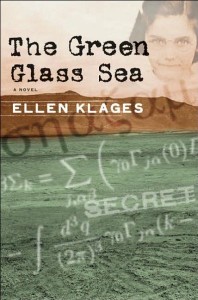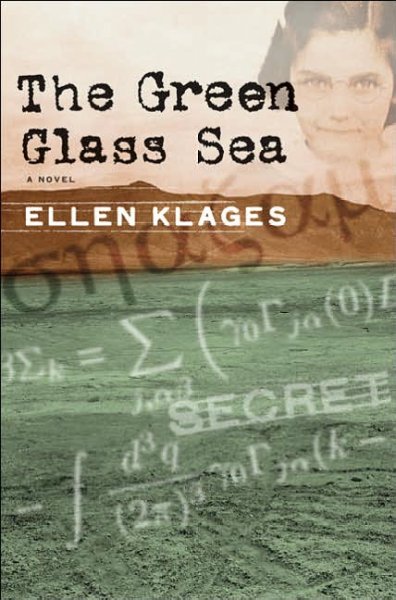 In 1943, 10 year old Dewey sets out to join her father in New Mexico, where he’s engaged in “war work.” She’s a mechanically minded girl who is teased by girls her own age, but happily finds that she gets along fine with the scientists on “The Hill.” On the Hill, she finds adults who encourage her curious, engineering-focused mind and she finally has the chance to have a close relationship with her father. Artistic Suze also lives with her parents on the secret base, and she’s bored and tired of living in the dusty desert. She misses her old life in Berkeley, where she lived in a nice, rambling house, not far from the UC campus where her parents are professors. She’s tired of all the rules on the Hill, and spending long, boring days while her parents are consumed with the secretive war work everyone is there to do. When Dewey’s father is called away, she moves in with Suze, who initially detests her new, socially awkward roommate. Over time the two draw closer, though, and their growing friendship is set against the tension on the Los Alamos compound as the secret project nears completion.
In 1943, 10 year old Dewey sets out to join her father in New Mexico, where he’s engaged in “war work.” She’s a mechanically minded girl who is teased by girls her own age, but happily finds that she gets along fine with the scientists on “The Hill.” On the Hill, she finds adults who encourage her curious, engineering-focused mind and she finally has the chance to have a close relationship with her father. Artistic Suze also lives with her parents on the secret base, and she’s bored and tired of living in the dusty desert. She misses her old life in Berkeley, where she lived in a nice, rambling house, not far from the UC campus where her parents are professors. She’s tired of all the rules on the Hill, and spending long, boring days while her parents are consumed with the secretive war work everyone is there to do. When Dewey’s father is called away, she moves in with Suze, who initially detests her new, socially awkward roommate. Over time the two draw closer, though, and their growing friendship is set against the tension on the Los Alamos compound as the secret project nears completion.
Klages slowly reveals the purposes of the project that this scientific community is engaged in and as their gadget comes to life, the ethical quandry that lies behind it comes into the forefront for both the adults and the kids who’ve spent so long and sacrificed so much to do their part to end the war. Klages’ revealation of the nature of the project as Dewey and Suze watch their parents’ work is engaging and will certainly provide insight and knowledge for today’s readers into an important, but little known, part of American (and world) history.
Klages’ clear prose captures the feel of both the 1940’s and that of middle grade kids coping with a myriad of age-appropriate issues: making friends, gender roles, peer pressure, lack of adult influences, and that it’s Ok to be smart and different from your peers. There’s both loss and hope in the book, and no clear answers about the right and wrong of what the project is doing. People’s emotions and fears, as well as their hopes and courage, are presented honestly and plainly and Klages demonstrates that even after terrible loss, miracles can occur. The world can be transformed, just like the desert sand was transformed into the green glass sea.
- Posted by Cori

